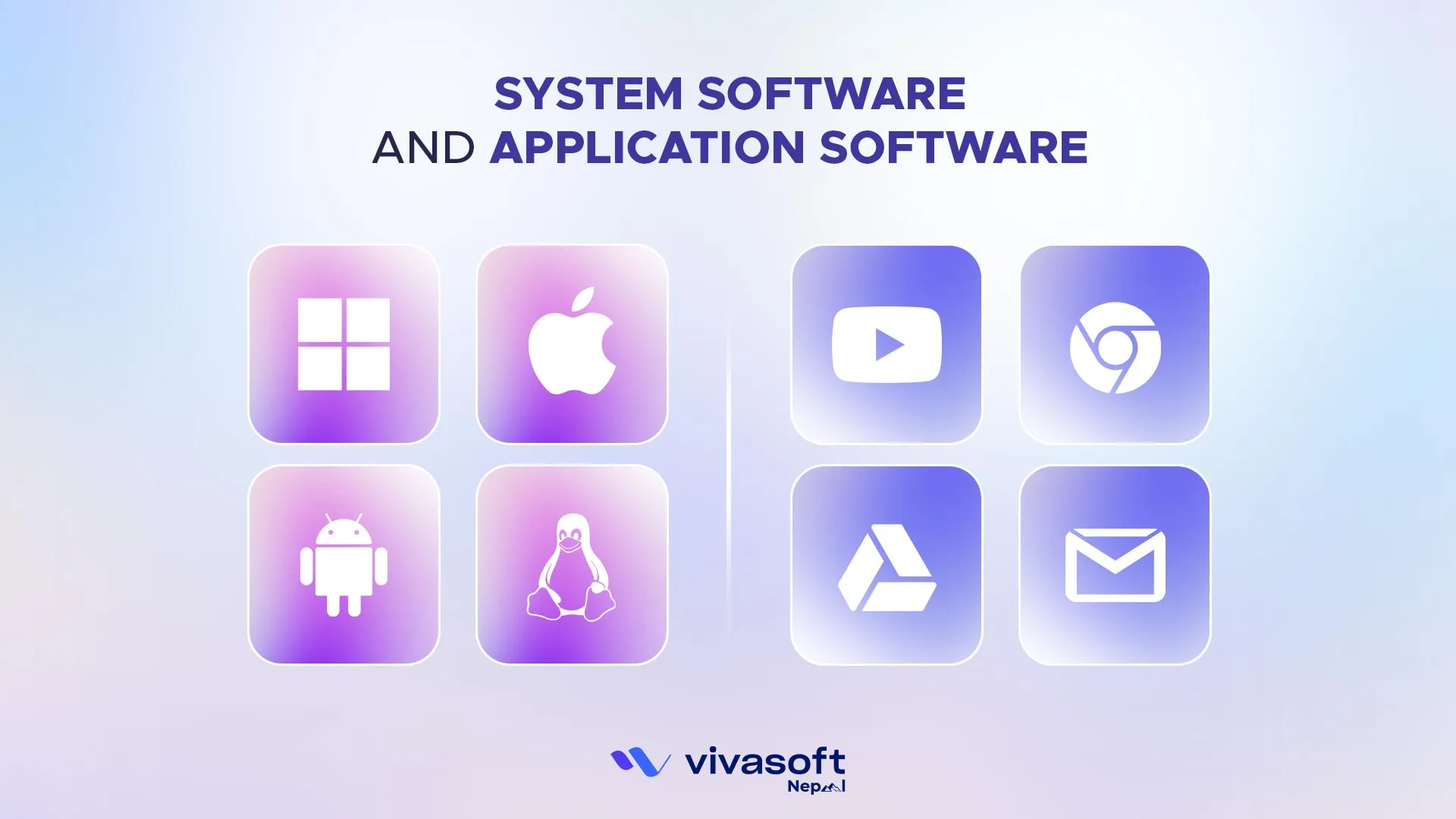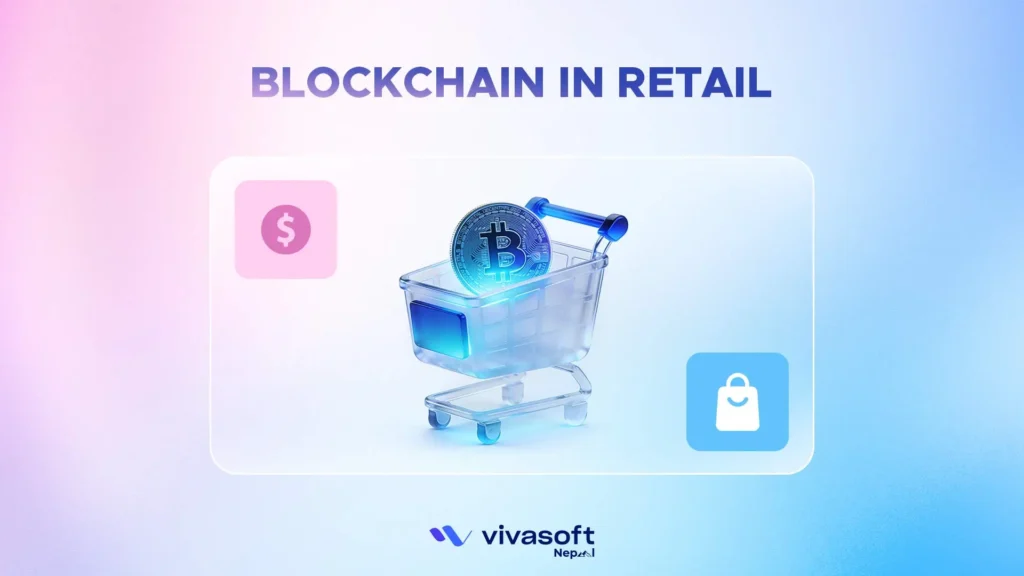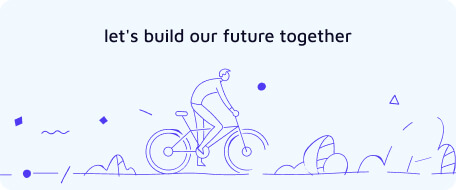Software is a set of programs which perform specific tasks. It can be divided into two main types: system software and application software. In Nepal, these two types of software power everything from school computer labs and online banking to local startups and government offices.
System software manages hardware and system resources. It keeps your computer running. Without it, devices wouldn’t even start. Application software helps users perform specific tasks. These include word processing, web browsing, image editing and entertainment.
This guide will explain the difference between system software and application software. We will cover what they are, their types, their functions and a simple comparison chart. This way, you will never mix them up.
What is System Software?
System software is the main set of programs that control computer hardware. It also provides a platform for application programs to run. It works in silence, in the background. It takes care of important tasks like memory management, file organization and system security. Without system software, your computer cannot boot or execute applications.
What Are the Types of System Software?
System software is not just one program. It has different parts. Each part helps the computer work properly. The main types include:
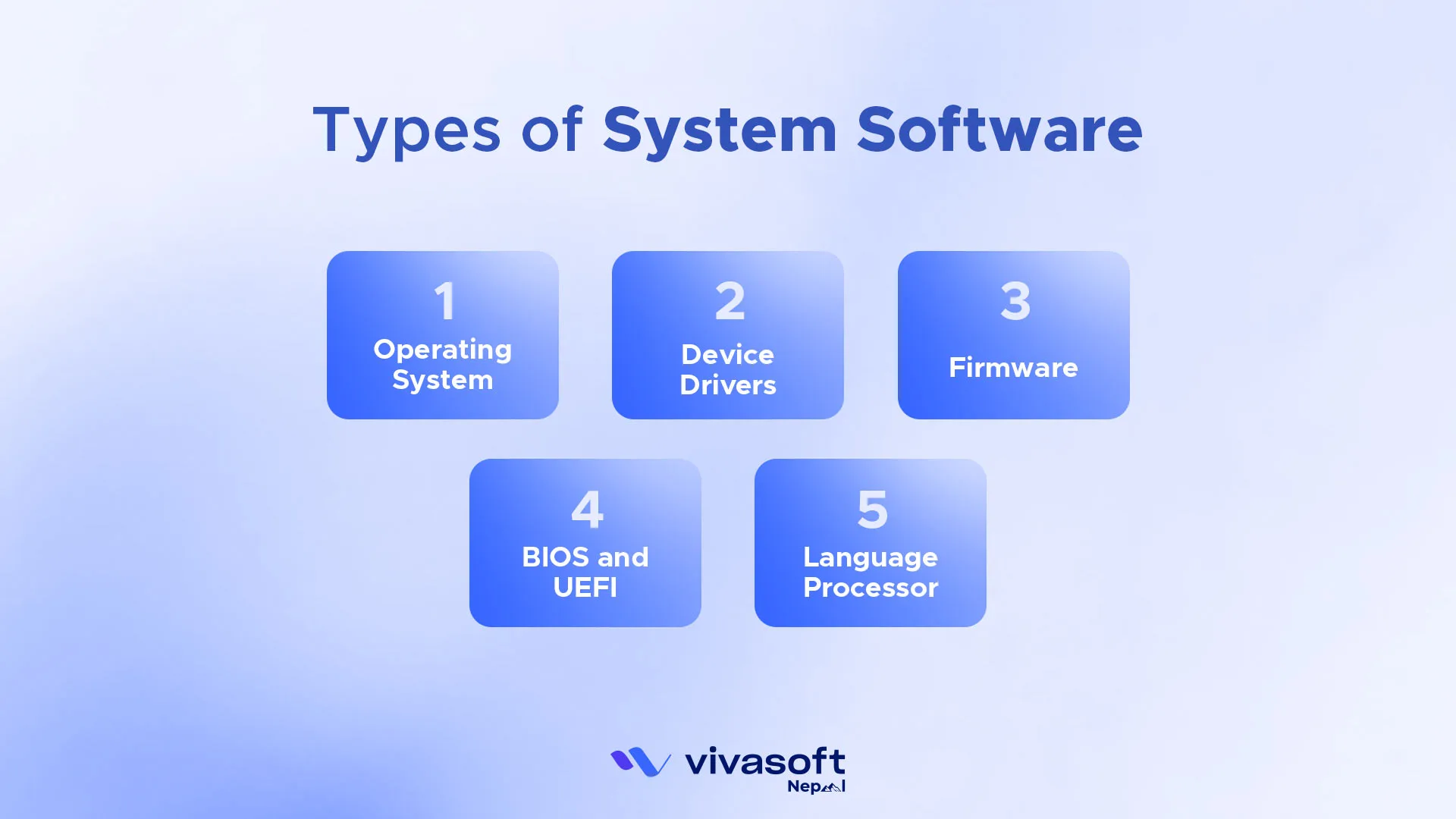
- Operating System (OS): The Operating System (OS) runs both hardware and software, with examples like Windows, macOS, Linux, Android, and iOS. If it fails, the device stops working. In Nepal, schools mostly use Windows, while tech firms prefer Linux servers.
- Device Drivers: Small programs that let the OS talk to devices. Without them, printers, keyboards or graphics cards will not work. If you plug in a new mouse, it needs a driver to respond.
- Firmware: This is software built into the hardware. It lets devices perform their basic functions. Motherboards and routers need firmware to work.
- BIOS and UEFI: These start the computer before the OS loads. They wake the machine. It is like turning a key in a car before the engine runs.
- Language Processors: These translate programming code into machine code. The system then knows what to do. Without them, the machine cannot understand instructions written by humans.
What Are the Functions of System Software?
System software does all the behind-the-scenes work to keep your device functional and protected. Some major functions include:
- Operating System Management: Runs the whole device. Gives the interface. Keeps apps and hardware working together. For example, when you open a browser, the OS makes sure it can use memory, display graphics and connect to the internet.
- Memory Management: Tracks memory use. Decides what memory gets. Prevents crashes. When you run many apps at once, memory management stops the system from freezing.
- File Management: Keeps files and folders in order. Lets users save, restore and update data without loss. When you search for a document, the file manager helps you find it.
- Processor Management: Tells the CPU how to run many tasks at once. Keeps speed steady. If you play music while browsing, processor management balances both.
System Security: Guards against attacks. Stops intruders. Protects data. Firewalls and antivirus tools are part of this security layer.
What is Application Software?
Application software includes programs designed for user specific tasks. Examples are document creation, image editing and web browsing. It doesn’t control hardware like system software. Instead, it helps users achieve their desired outcomes. It runs only when the OS is active.
Put simply: system software makes the computer work. Application software lets you use it. Without apps, the computer may run, but it feels empty.
What Are the Types of Application Software?
Application software has different types. Each type is made for a specific purpose:
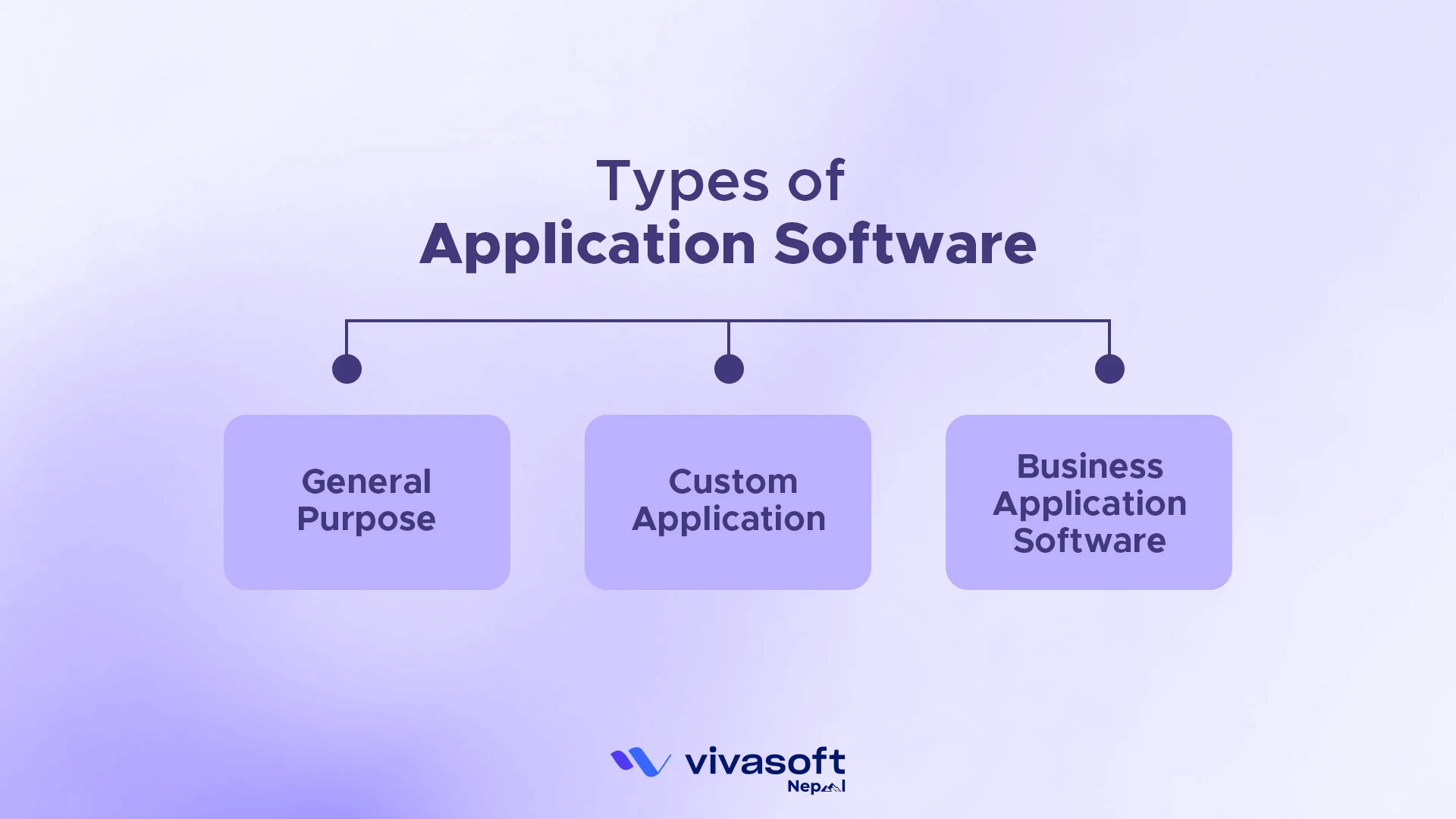
- General Purpose: Used for everyday work. It can do many jobs in one program. This includes spreadsheets, web browsers and graphics tools. These programs make work simple and fast. These tools are common in schools, offices and homes across Nepal, where they make daily tasks simple and fast.
- Custom Application: Made for a specific business or person. It is built to meet exact needs. These programs are made using the custom software development process. In Nepal, many startups build custom apps for local markets, like e-learning tools or mobile payment apps.
- Business Application Software: Helps companies run day-to-day tasks. This includes accounting, payroll, inventory and customer management. It keeps work organized and helps the business run smoothly. Today, many businesses in Nepal use software like Tally or custom ERPs.
What Are the Functions of Application Software?
Application software makes life easier. It does user-specific tasks such as.
- Information and Data Management: Stores and organizes data. Lets you find it fast. For example, a library app helps you search thousands of books in seconds.
- Document administration: Creates, edits and manages digital documents. It makes the traditional paperwork digital.
- Payroll, finance and accounting management: Manages salaries and pays employees on time. Keeps track of money spent and received. Helps the company know its financial health.
- ERP (Enterprise Resource Planning): Links sales, staff and stock in one system. Shows what is in inventory and what has been sold. Helps the business run without problems.
- CRM (Customer Relationship Management): It helps to track customer details, interactions and feedback. This makes relationships stronger and improves service.
- Development of visuals and video: Offers tools for designing graphics, editing photos and creating videos. These help make your ideas look great.
A Quick Comparison Between System Software and Application Software
| Perspective | System Software | Application Software |
|---|---|---|
| Purpose | Manages computer hardware and the overall system resources. | Perform specific end-user tasks. |
| Scope | General-purpose, designed to manage hardware and provide a platform for other software to run. | Specific and task oriented, designed to serve end-users' needs. |
| Importance | Essential for the computer operation to run correctly. | Enhances user experience but the system can run without it. |
| Feature | Runs hardware and provides a base for applications. | Performs user tasks like writing or browsing, relying on system software |
| Required to run the system | It is independent and runs on its own. | It depends on the system software to operate. |
| Execution Timing | Runs automatically as soon as the user turns on the computer. | Only runs when the user opens the program. |
| Speed | Runs fast in the background to keep the system smooth. | Speed varies depending upon the task the user is doing. |
| Programming Complexity | Usually more complex because it works directly with hardware. | Simpler and built to be easy for the user to use. |
| Size | Usually bigger because it handles everything in the system. | Size can vary, but it’s often smaller than system software. |
| Example | Operating system, device driver, language processor etc. | MS Word, web browser, Photoshop etc. |
Wrapping Up
Understanding the differences between system software and application software is important for anyone interested in the software or software development industry. System software and application software are two sides of one coin. One makes the machine work. The other lets you use it. System software manages memory, files and security.
Application software helps you write, design or manage data. Together, they shape your digital world. The difference between system software and application software goes beyond just technical details.
It impacts how your digital setup supports and drives business activities. Whether you run a business or an individual planning to build software in Nepal, collaborating with the top software development company in Nepal gives you tailored solutions for your needs.
FAQs
Why can’t application software run without system software?
Because it needs a bridge. The system software connects application software to the hardware. Without it, apps cannot reach memory, storage or the CPU.
How should I select the right application software?
Choose application software by checking how it fits your workflow. Also, make sure it is compatible with your operating system. Look at the security features and see if it can grow with your needs. Proper software makes tasks easier and reduces disability.
How do operating systems communicate with hardware devices?
The OS uses device drivers and firmware. They translate instructions into machine -level commands so that hardware devices can understand. This ensures that printers, keyboards and other devices effortlessly work with systems.
Which system software components are essential for running application software?
The OS, device drivers and language processors are important for running application software. They handle hardware, read instructions and create the base for apps to run smoothly.
How can I decide which application software best fits my workflow?
Start by checking your business or personal needs and ensure the software works well with your existing tools. Also, choose something easy to use. The right software makes tasks simpler, saves time and increases productivity.

